DANCEHALL MASSIVE
Dancehall Massive is a large-scale installation exploring identity, migration, and cultural resilience through the lens of Jamaican dancehall. Developed during a studio residency at Firstdraft, Sydney (2019–2020), the project began with the iconic dance Dutty Wine and evolved into dynamic paper cutout figures, a painted “Dancehall Throne,” and sound system speakers.
The work uses dancehall figures as a proxy for the Jamaican diaspora, tracing a history shaped by British colonialism, forced assimilation, and the global spread of Jamaican culture. Figures are crafted from warm white card to symbolize both the pressures of assimilation and the optimism of migration, placed on mirrored tiles that reflect and amplify their cultural value. In its final form, the figures burst into bold colours, celebrating the strength and creativity expressed by Jamaica’s motto, Wi Likkle but Tallawah — “we may be small, but we are strong.”
Through its immersive elements, Dancehall Massive celebrates the cultural contributions of Jamaicans and their diaspora while examining how dance, music, and folk traditions reclaim power and identity in the face of historical oppression.


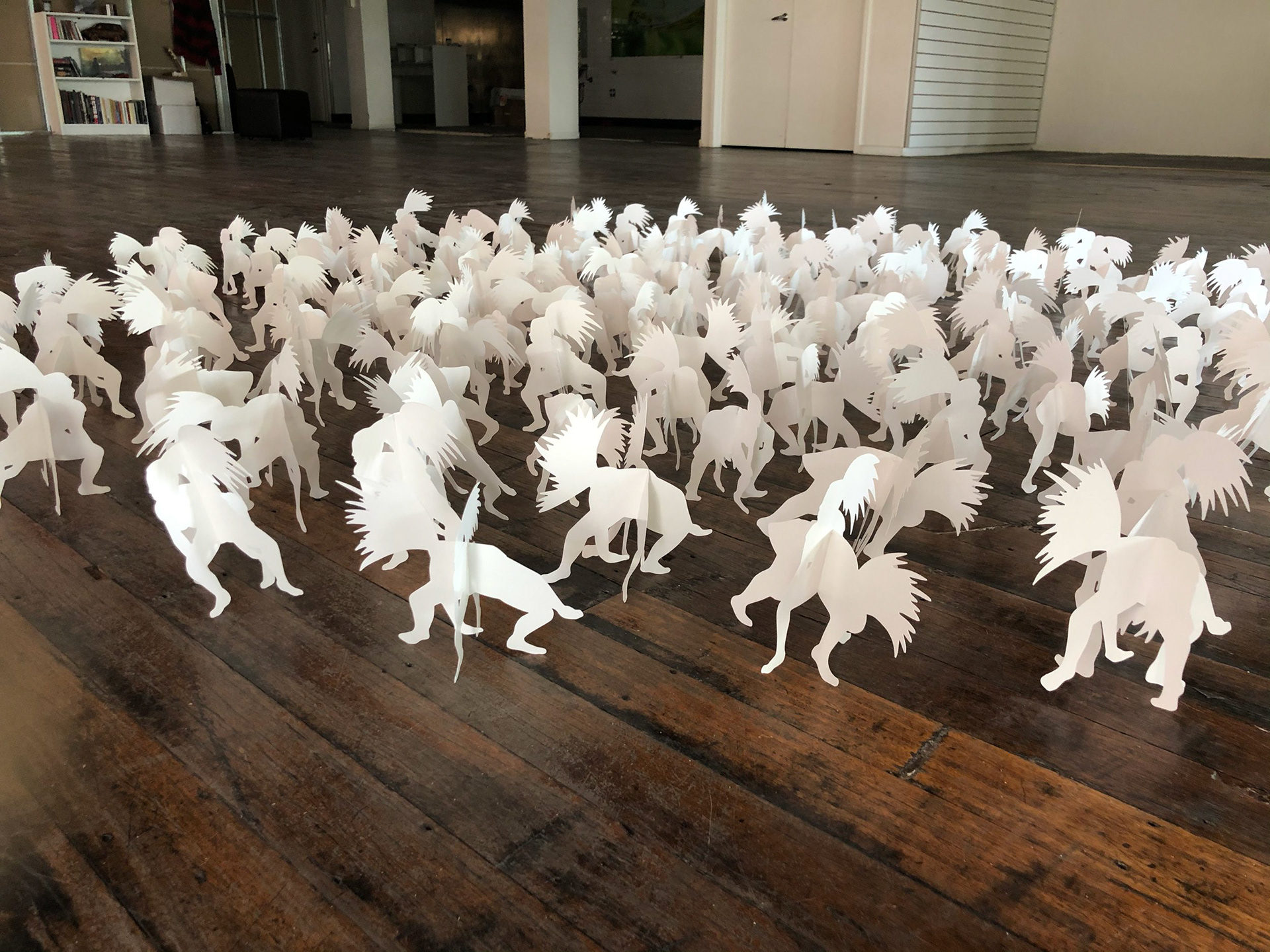
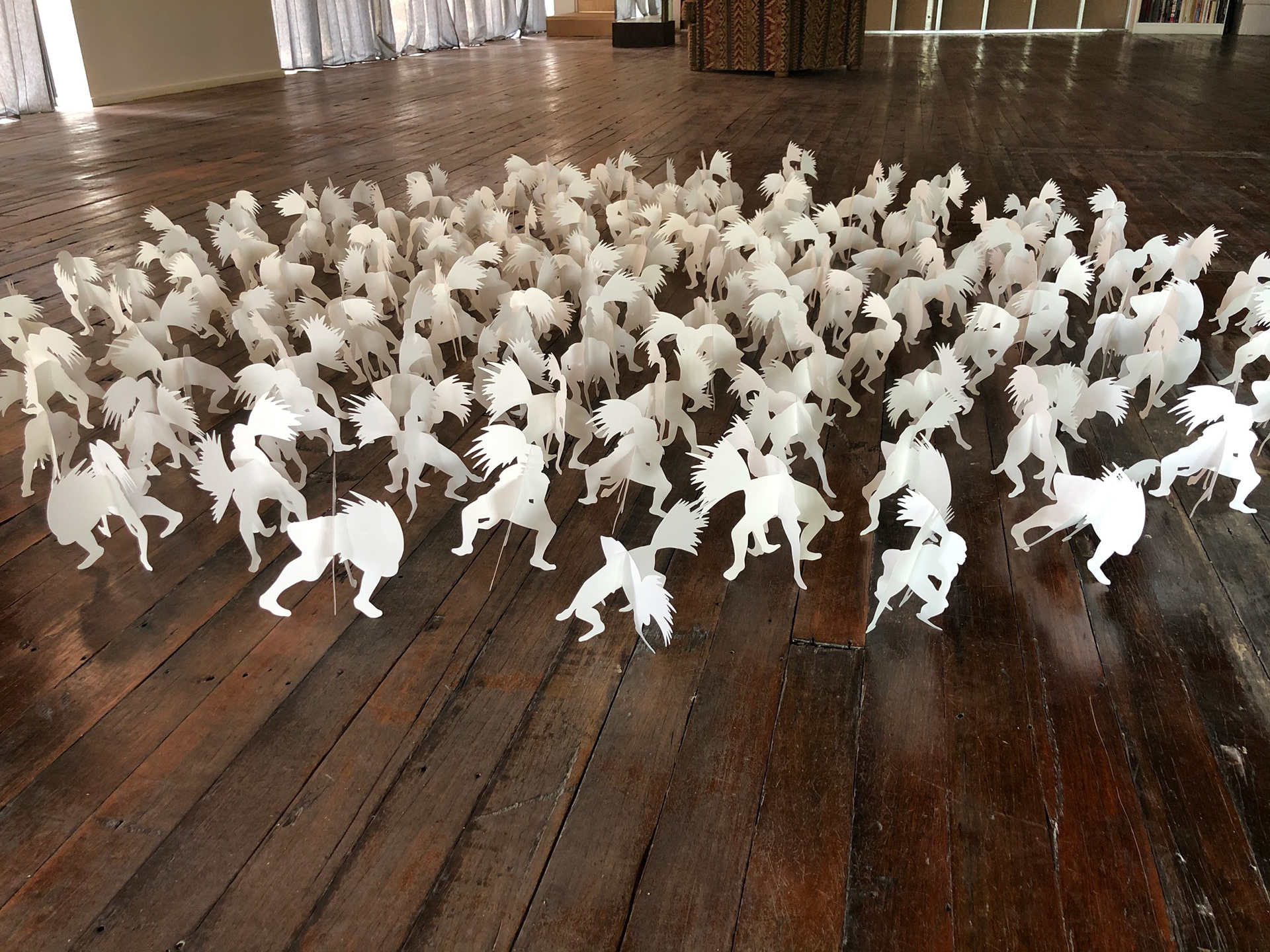


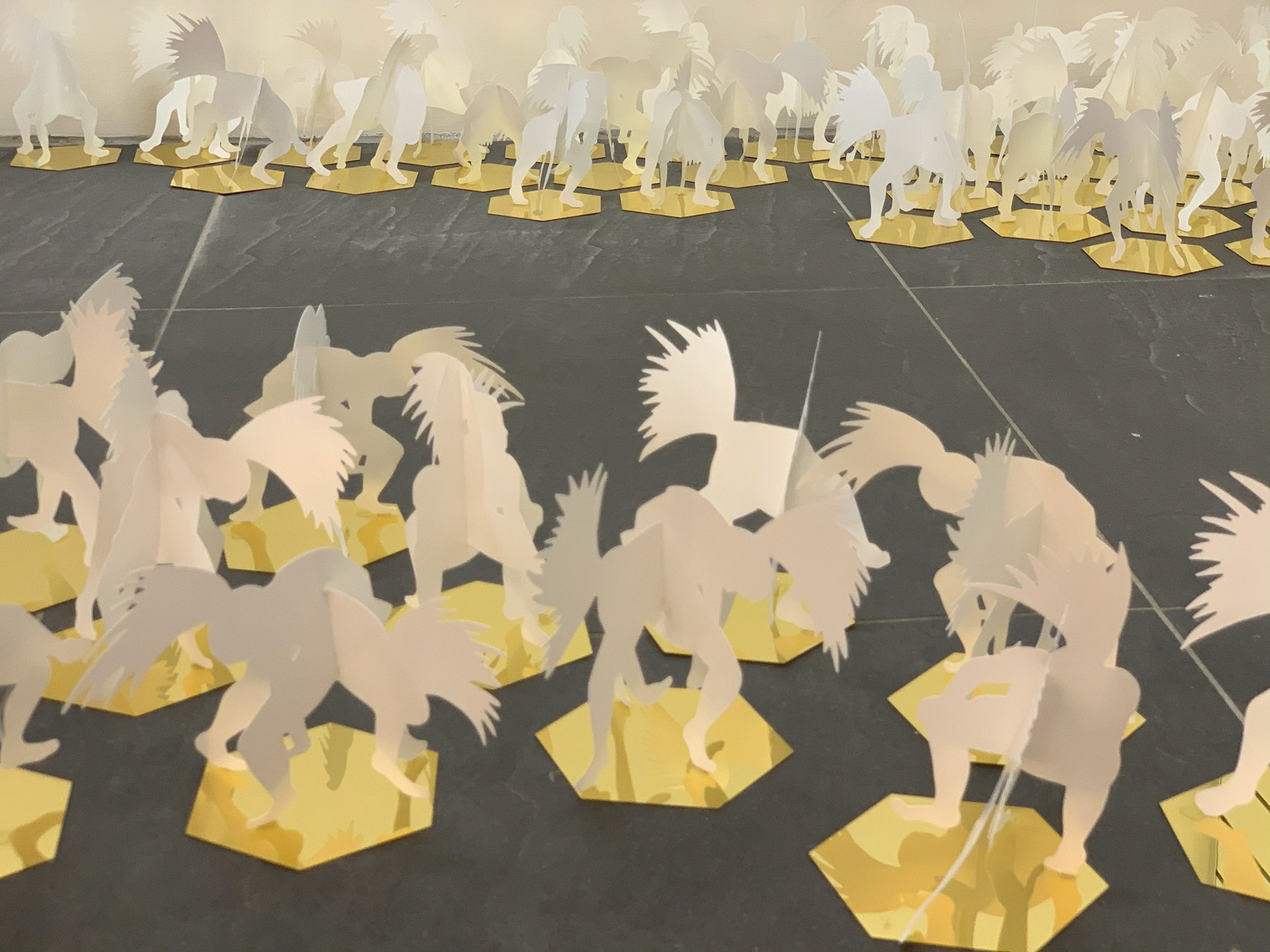

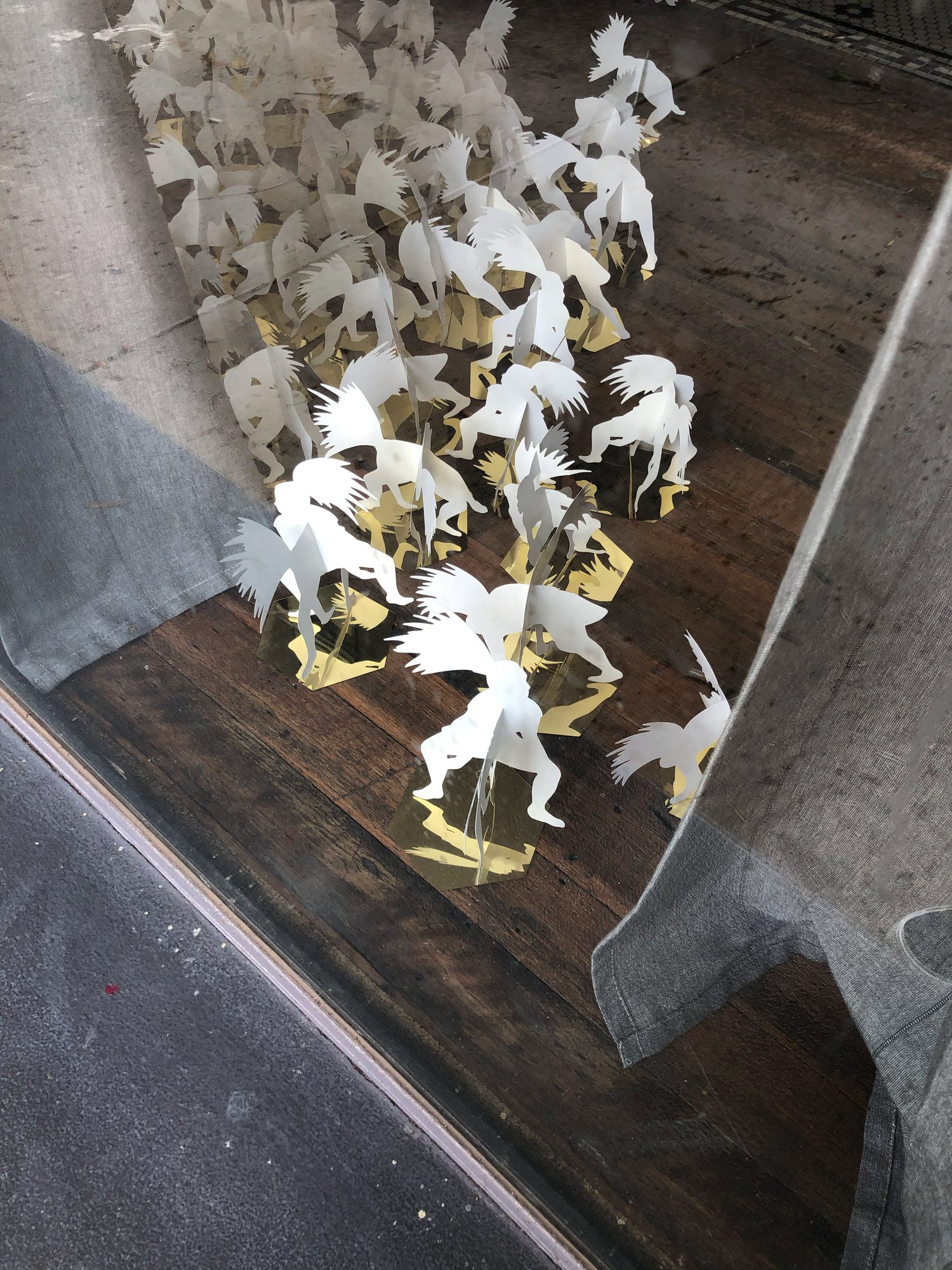
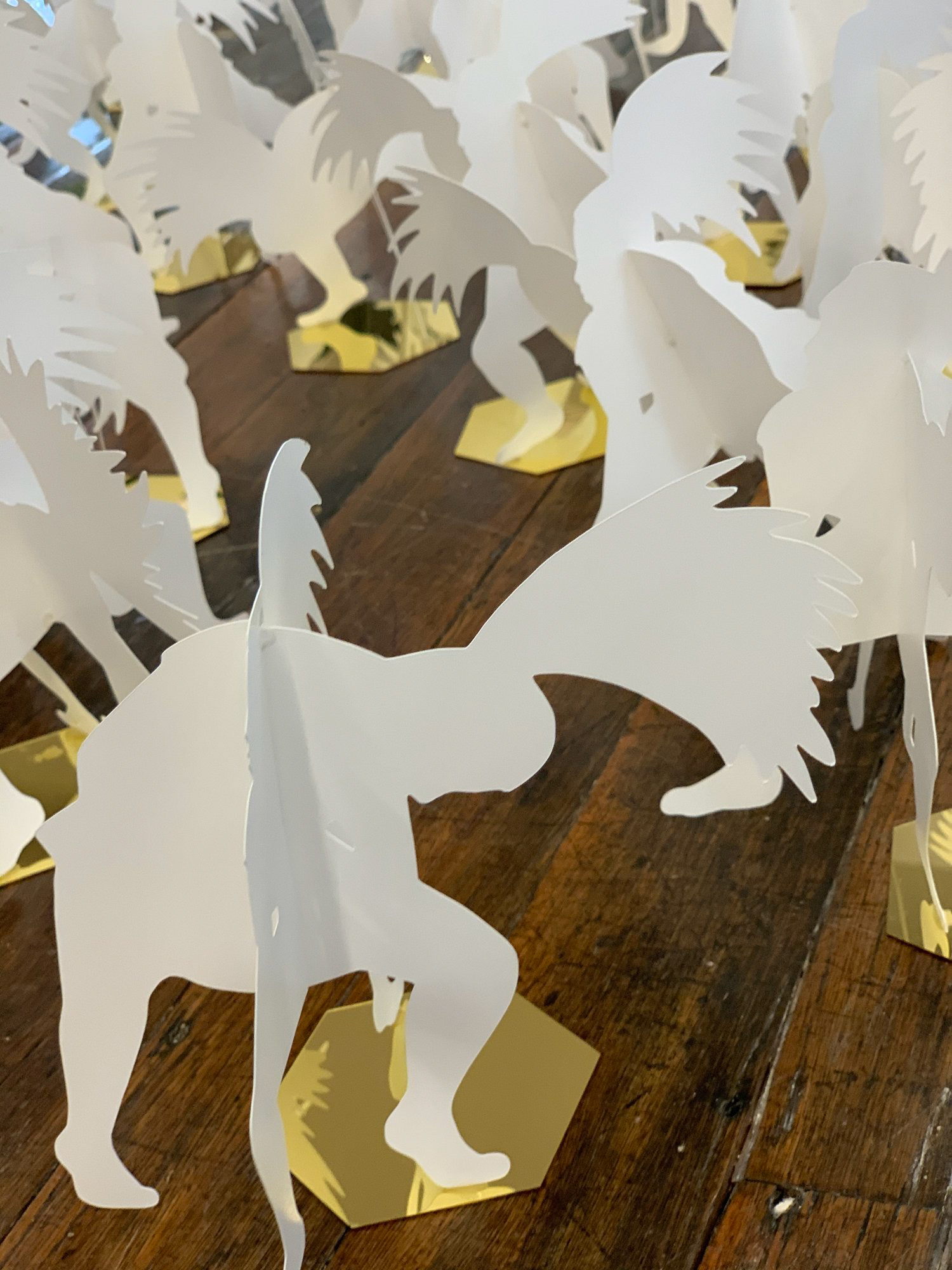

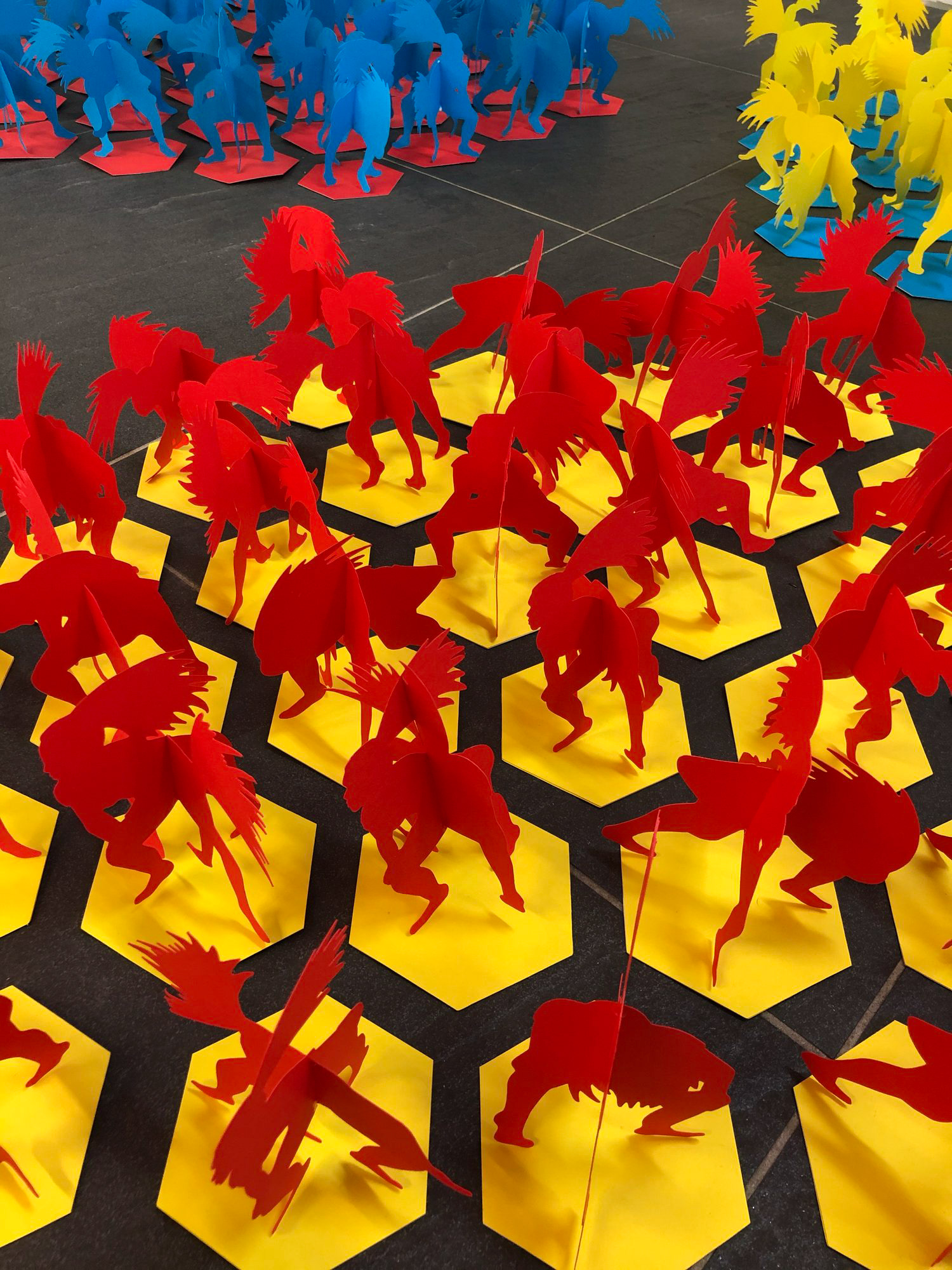
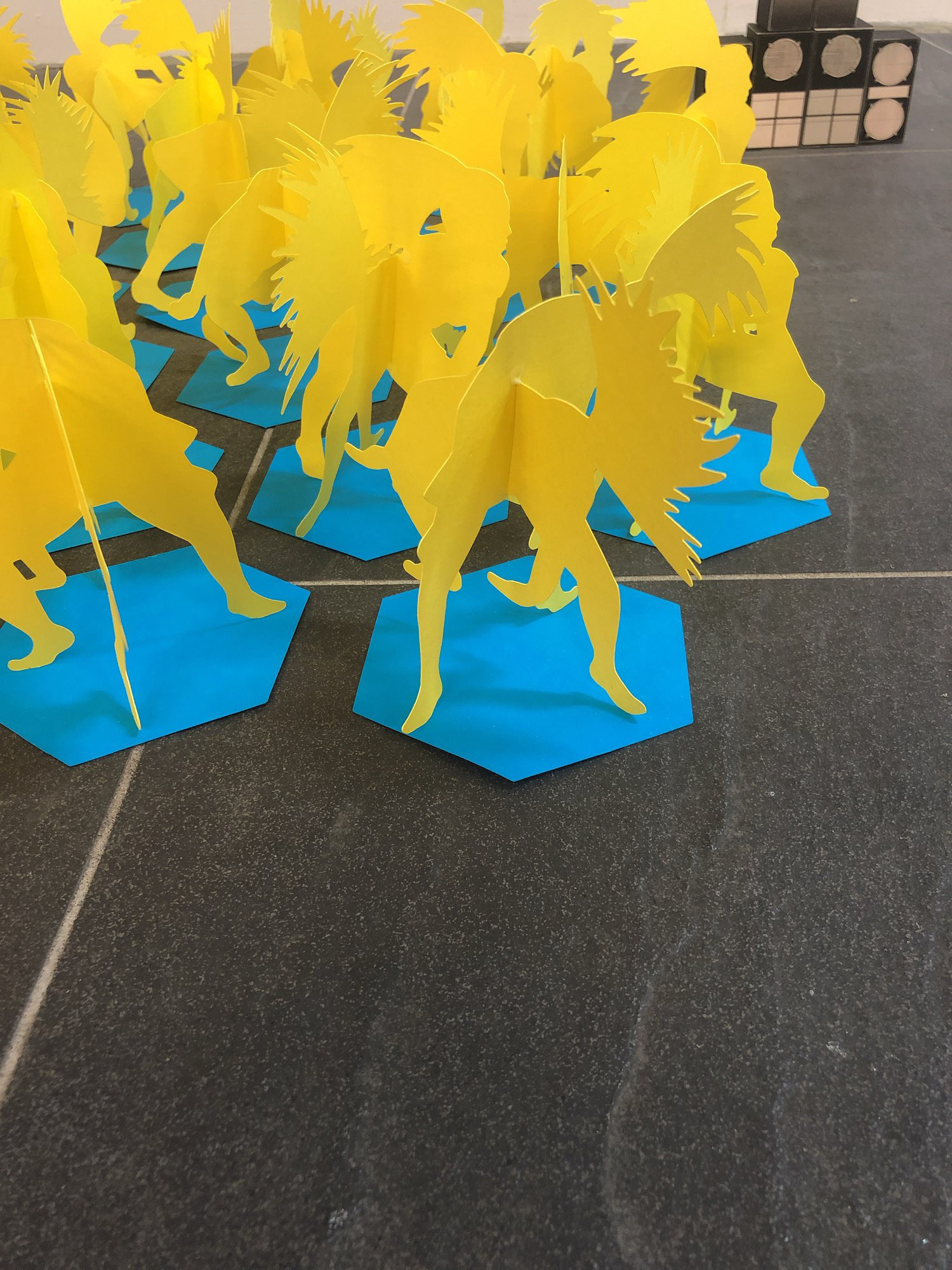
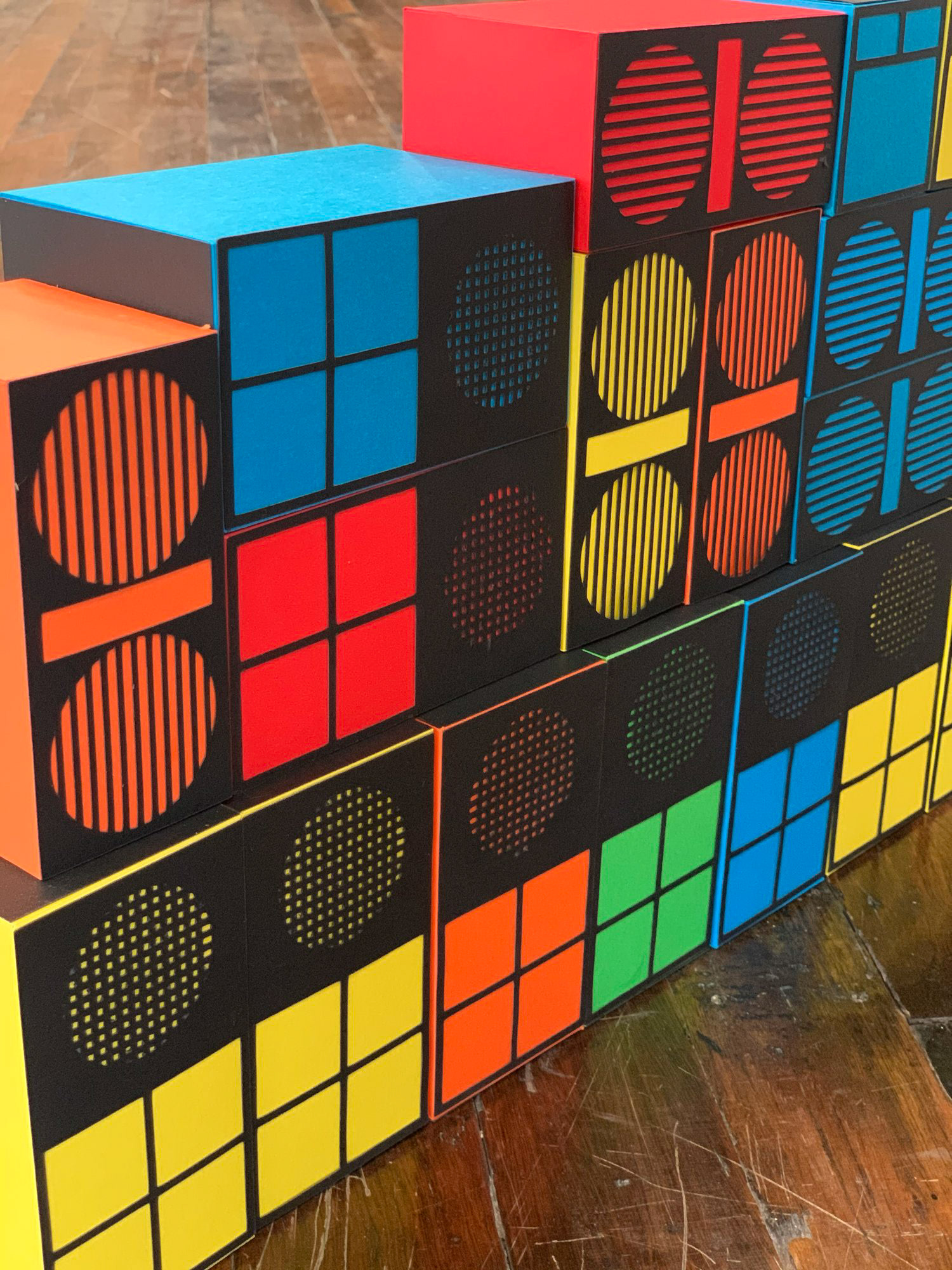
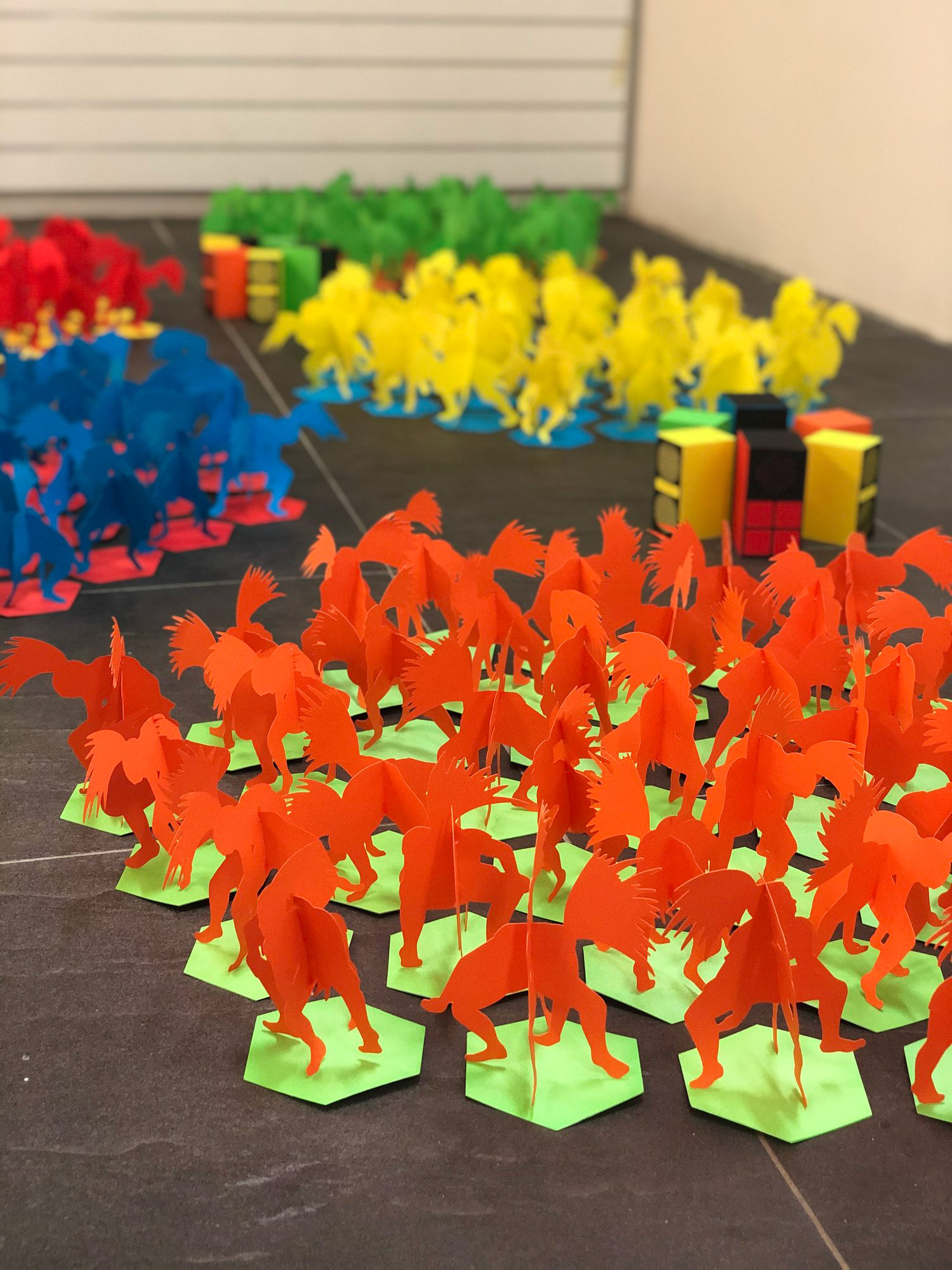
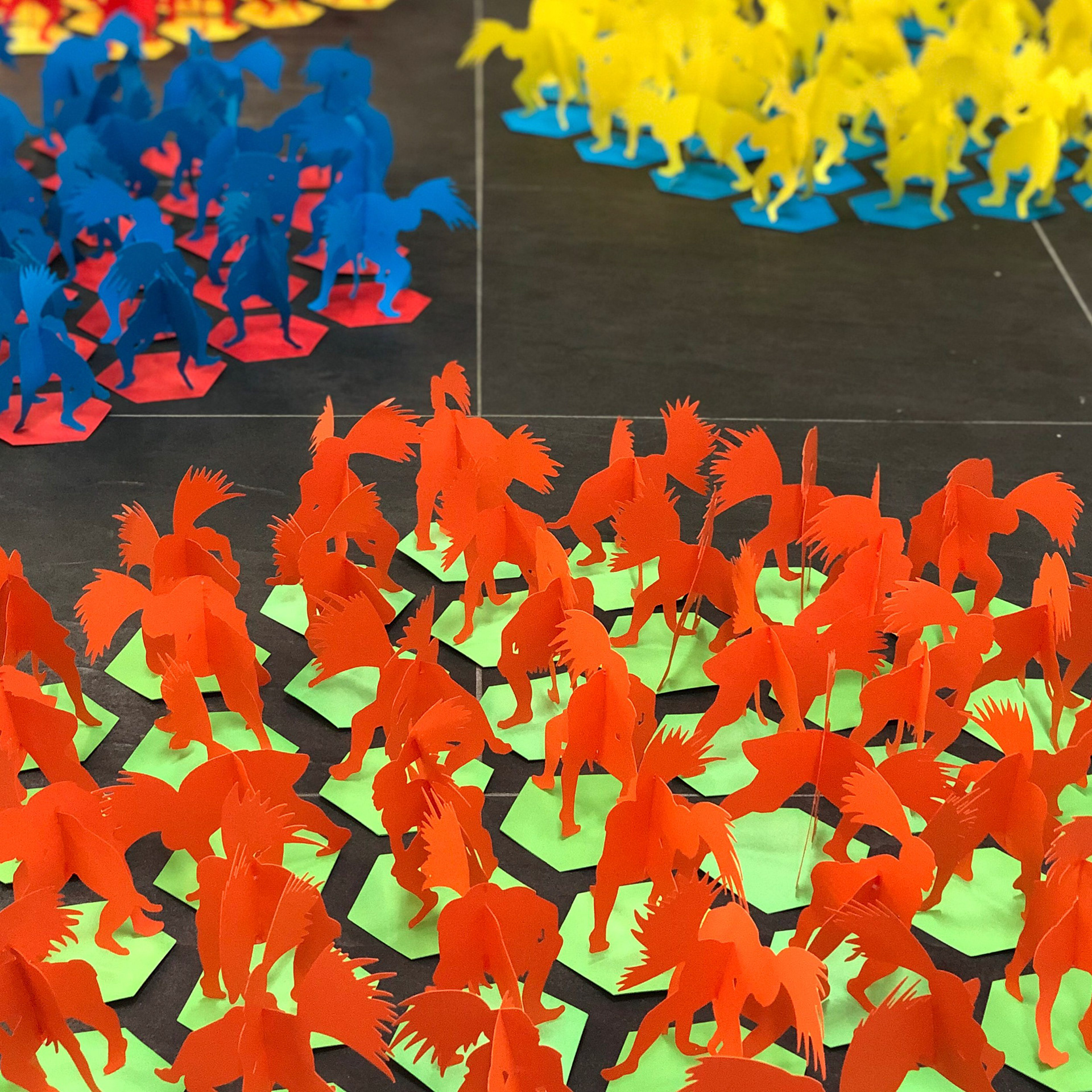
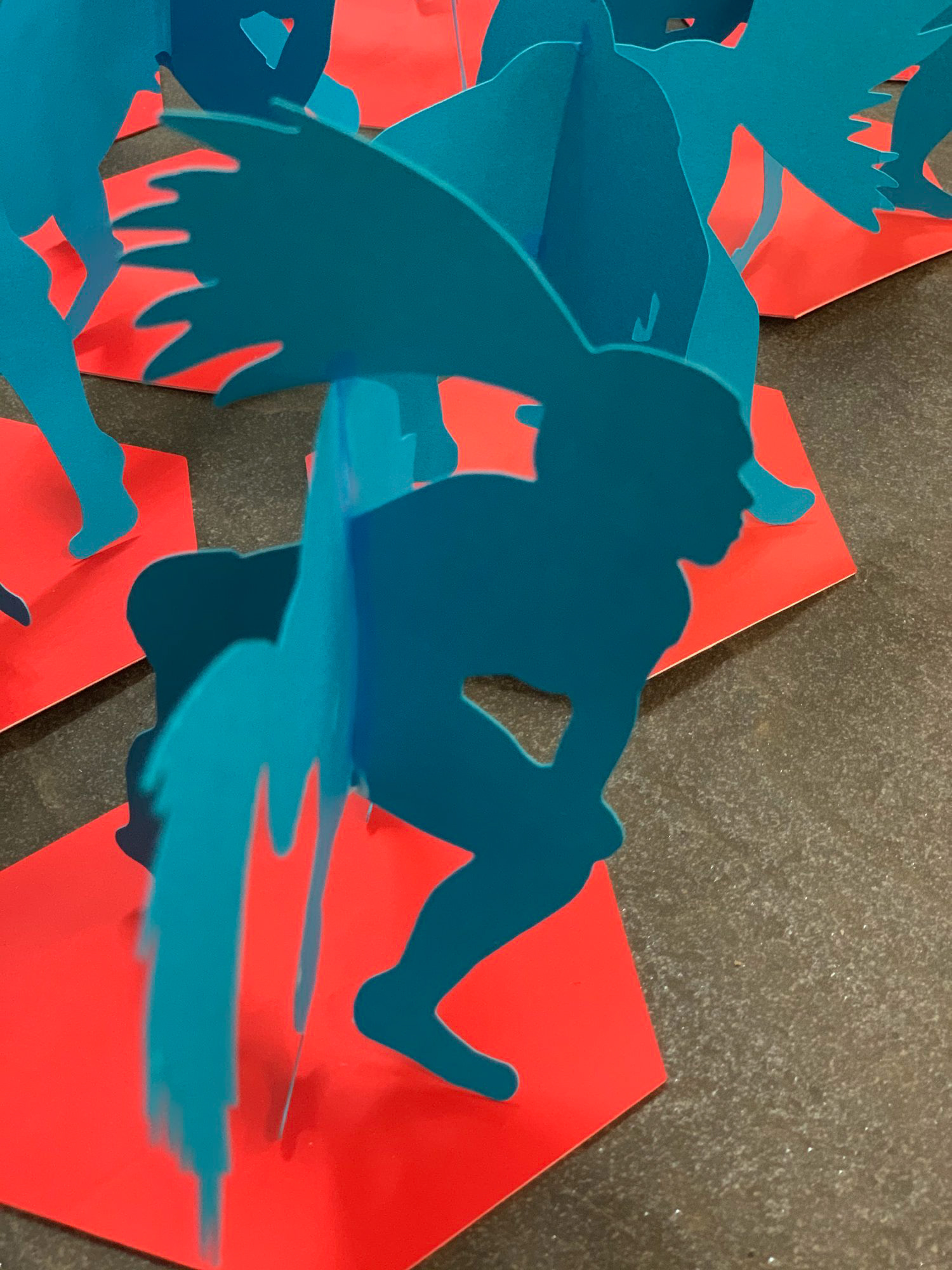

Dancehall Massive installation, Dancehall Queen Throne with Dancehall Massive surround
